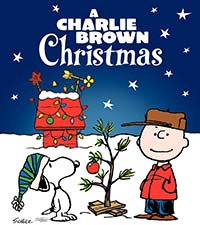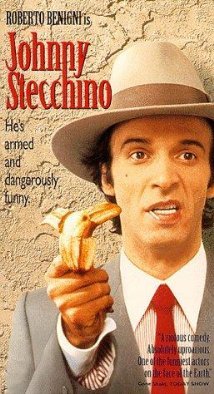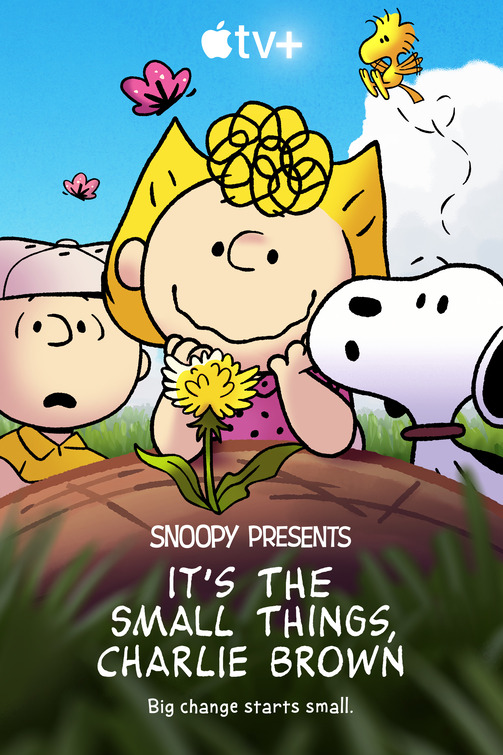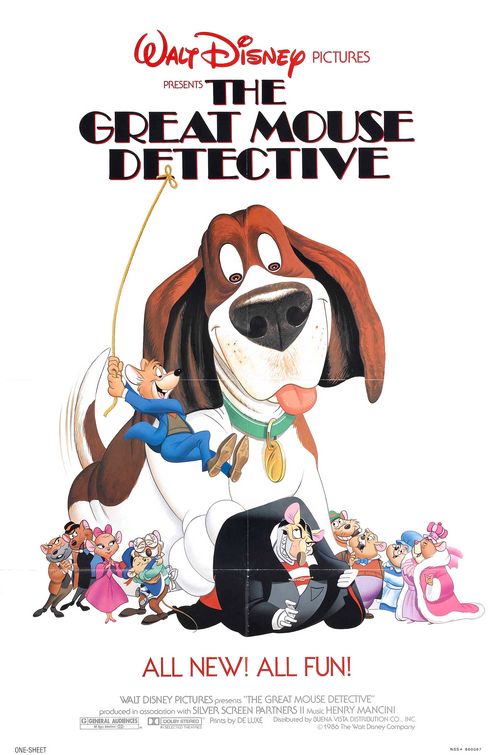
| None | Light | Moderate | Heavy | |
|---|---|---|---|---|
| Language | ||||
| Violence | ||||
| Sex | ||||
| Nudity |
Content:
(L, V, S, D, M) 10 obscenities & 5 profanities (mostly exclamatory); slapstick violence; sexual innuendo, men peek up women's dresses to see their underwear, & sexual fondling between married couple; illicit drug use; deceit; and, corruption among government officials and police.
More Detail:
The highest grossing film in Italian cinema history, JOHNNY STECCHINO, translates into comic relief for American audiences–if you don’t take it too seriously. The story begins with Johnny Stecchino, a Mafioso turned state informant, hiding out in his villa in Palermo, Sicily. All the criminals he named have been apprehended, but one: Mr. Cozzamara, who schemes to kill Stecchino for his betrayal. To protect Johnny, his wife Maria plans to present a look-a-like to the vengeful Cozzamara and run away with her husband to Argentina. Comically, the decoy is a naive school bus driver named Dante, who is smitten with lust for Maria. As Dante arrives in Palmero, he passes a fruit vendor and is recognized as Johnny Stecchino by Cozzamara’s men. Unsuspecting, Dante steals a banana. When shots are fired from Cozzamara’s henchmen, Dante runs to the police and confesses his crime. As the story continues, Dante finds himself with in a variety of situations where people mistake him for JOHNNY STECCHINO.
Of course, this movie may be funnier to Italians, as it plays upon the corruption of their police and government officials, with a series of misunderstandings and clever juxtapositions. Even so, the movie has little redemptive value. At best, JOHNNY STECCHINO is a cross between Charlie Chaplin’s slapstick Tramp, Stan Laurel’s innocent victim and Peter Seller’s bumbling Inspector Clouseau.



 - Content:
- Content: 



